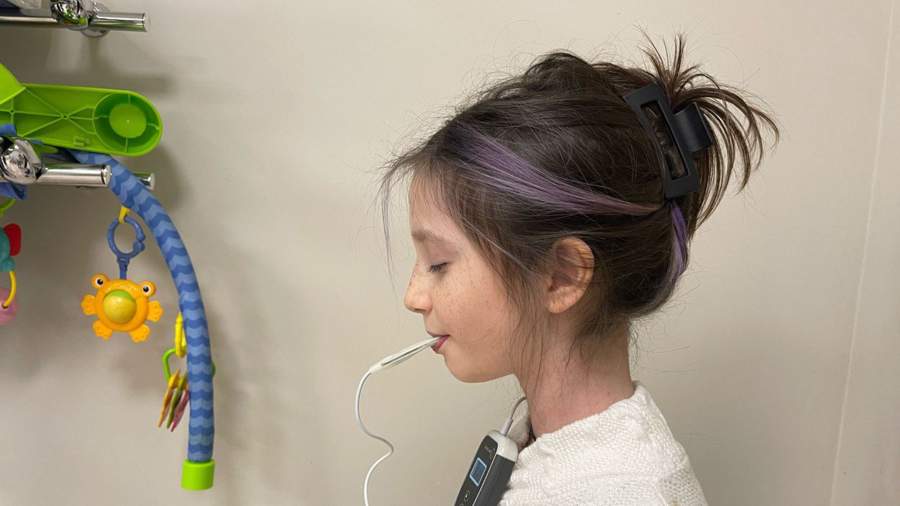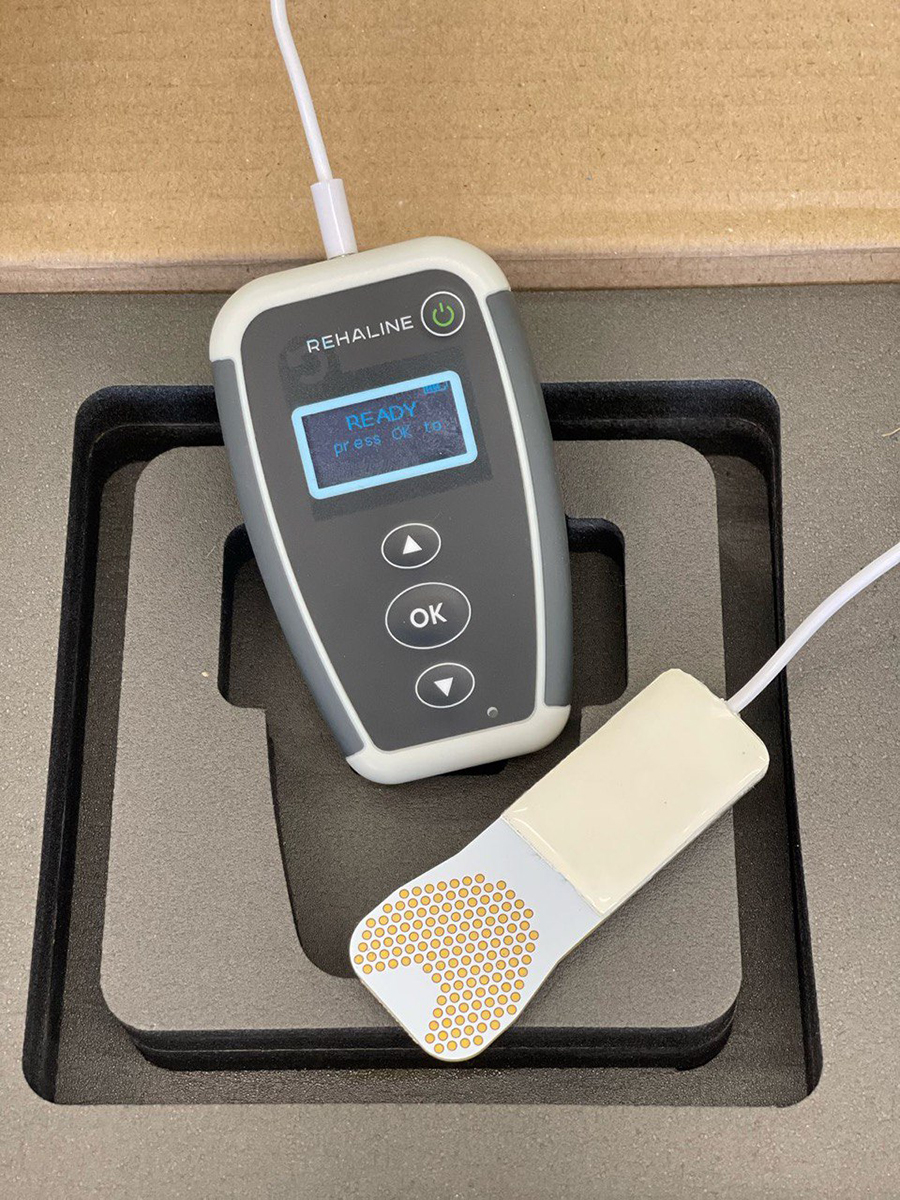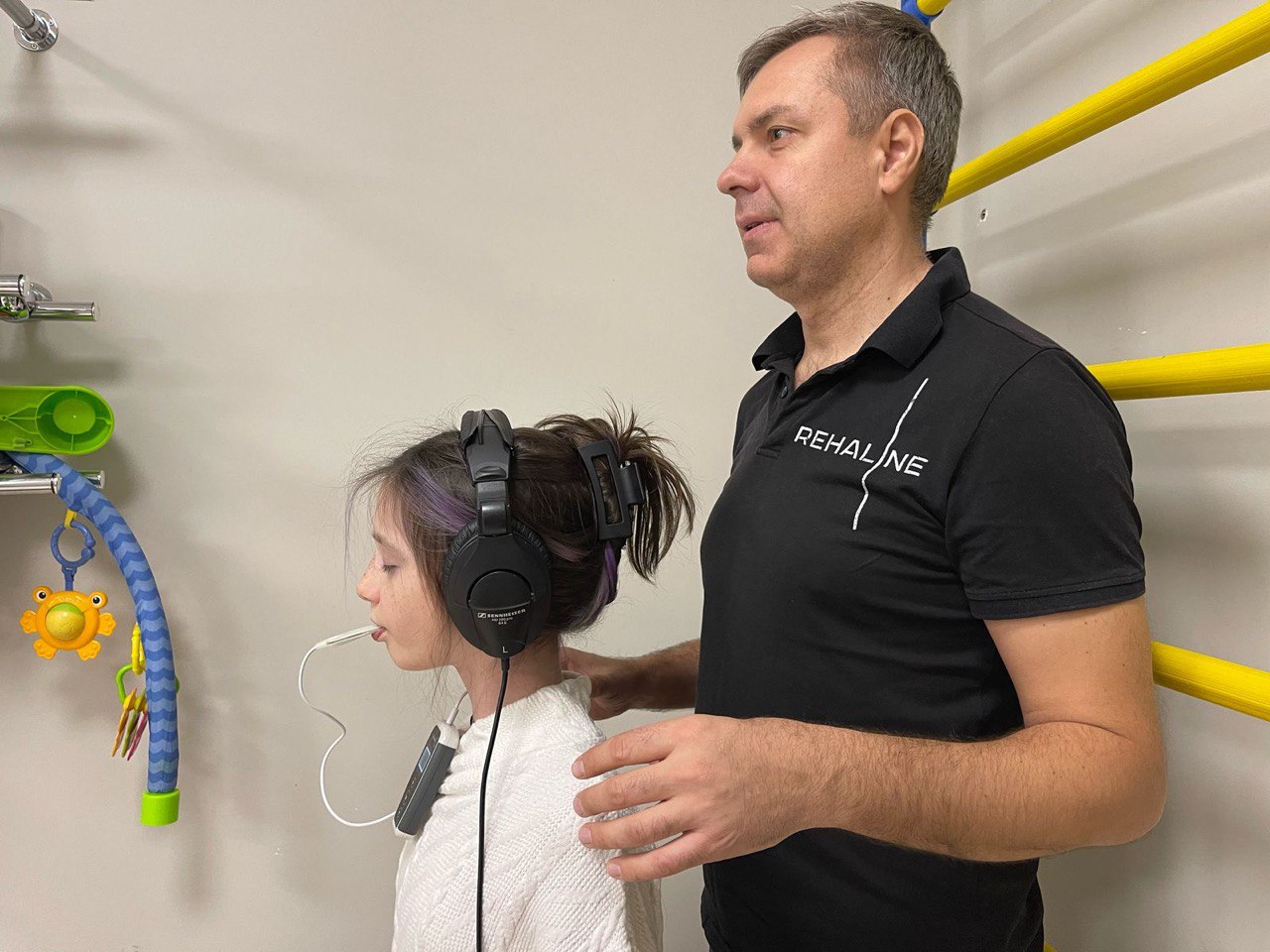Attention deficit: Russia has created a device for the treatment of head injuries and ADHD
- Статьи
- Science and technology
- Attention deficit: Russia has created a device for the treatment of head injuries and ADHD

Moscow developers have presented a hardware and software complex for the recovery of patients with disorders of the nervous system based on the translingual neurostimulation method. It consists in the fact that through the nerve endings in the tongue, impulses are transmitted to the brain stem and then spread to all parts of the central nervous system, making the work of certain areas more efficient. The device, which accelerates rehabilitation after strokes, traumatic brain injuries, ADHD, cerebral palsy and multiple sclerosis, is now receiving a registration certificate, after which it will enter the market. For more information about the technology, see the Izvestia article.
What is translingual neurostimulation?
Residents of the Mosmedpark Technopark have created a hardware and software complex for the treatment and recovery of patients with disabilities based on the translingual neurostimulation method. The device, which accelerates rehabilitation after strokes, traumatic brain injuries, ADHD, cerebral palsy and multiple sclerosis, is now receiving a registration certificate, after which it will enter the market. This was reported to Izvestia by the Department of Entrepreneurship and Innovation Policy of the city of Moscow.
Translingual neurostimulation is a rehabilitation technique for influencing the central nervous system through electrical stimulation of the tongue. The electrode is applied to the tongue, and electrical pulses with a frequency of 50 to 200 Hz, a duration of 16 to 60 microseconds, and a peak current of 0 to 12.5 microamps are applied. Through the nerve endings in the tongue, impulses are transmitted to the central nervous system, to the brainstem, and then spread to all parts of the central nervous system.
During a 20-minute translingual neurostimulation procedure, about 27 million electrical impulses are delivered to the surface of the tongue, which improve the functioning of various parts of the brain. If any area of the organ is active at this time, then its work becomes more efficient.

"If you move your hand, the areas of the cerebral cortex responsible for the function of the hand are activated, and the use of translingual neurostimulation creates additional impulses and makes the work of this zone much more efficient," explained Evgeny Bugorsky, CEO of the Almatek development company, to Izvestia.
According to the developer and founder of the method, American scientist Paul Bach-i-Rita, who first hypothesized about brain plasticity in 1969, Russian scientist Yuri Danilov led active research in this area at the Laboratory of neurorehabilitation at the University of Wisconsin until 2004. In the USA, Wicab Inc. was founded, which is now focused on the development of sensory replacement devices based on BrainPort technology.

After the death of Paul Bach-i-Rita, Yuri Danilov left Wicab Inc. and together with colleagues founded the Laboratory of Tactile Communication and Neurorehabilitation at the University of Wisconsin, and in Russia, together with Evgeny Bugorsky, began research on the possibility of using translingual neurostimulation for the treatment of cerebral palsy, speech therapy and cognitive disorders, as well as tinnitus (tinnitus) treatment.
When will the ADHD treatment device be available
In the course of research, it was discovered that language stimulation can significantly enhance and accelerate the ability of the central nervous system to heal itself using neuroplasticity mechanisms.
Now the research directions are divided. Active research is underway in Russia on the use of translingual stimulation for speech therapy correction, treatment of cerebral palsy and cognitive disorders related to the functioning of the nervous system, including ADHD. In the USA, the main research areas are sensory substitution and Parkinson's disease.
Attention deficit hyperactivity disorder (ADHD) is a disease associated with impaired development of a child's nervous system. It most often manifests itself at the age of seven or with the beginning of regular education (at school or a preparatory group). ADHD is characterized by inattentiveness and high distraction of the child in almost any class, excessive motor activity, impulsive behavior, and problems in social communication.
This technique involves using electrical impulses to stimulate specific nerves or areas in the body responsible for sending pain signals to the brain.
By altering these neural pathways, neurostimulation can interrupt pain signals and alleviate chronic nerve pain conditions. This innovative approach mitigates neural activity, reducing chronic pain, movement disorders, and other neurological problems. Neurostimulation can be used to treat neuropathic pain, complications after surgery, obsessive-compulsive disorder, and others," Marina Chumakova, a family doctor, told Izvestia.

Translingual neurostimulation is not fully focused on stroke recovery or ADHD treatment, but it opens up possibilities for analysis, noted NTI expert, neurosurgeon Artur Biktimirov.
— At this stage, it is difficult to assess how far the developers have advanced in improving the technology and how effective it will be for a particular disease. Initially, the technology was used for diseases related to gait disorders and ataxia," he said.
The Russian device has been successfully tested and will soon be available for equipping medical institutions, the Moscow Department of Entrepreneurship and Innovative Development told Izvestia.
Переведено сервисом «Яндекс Переводчик»

